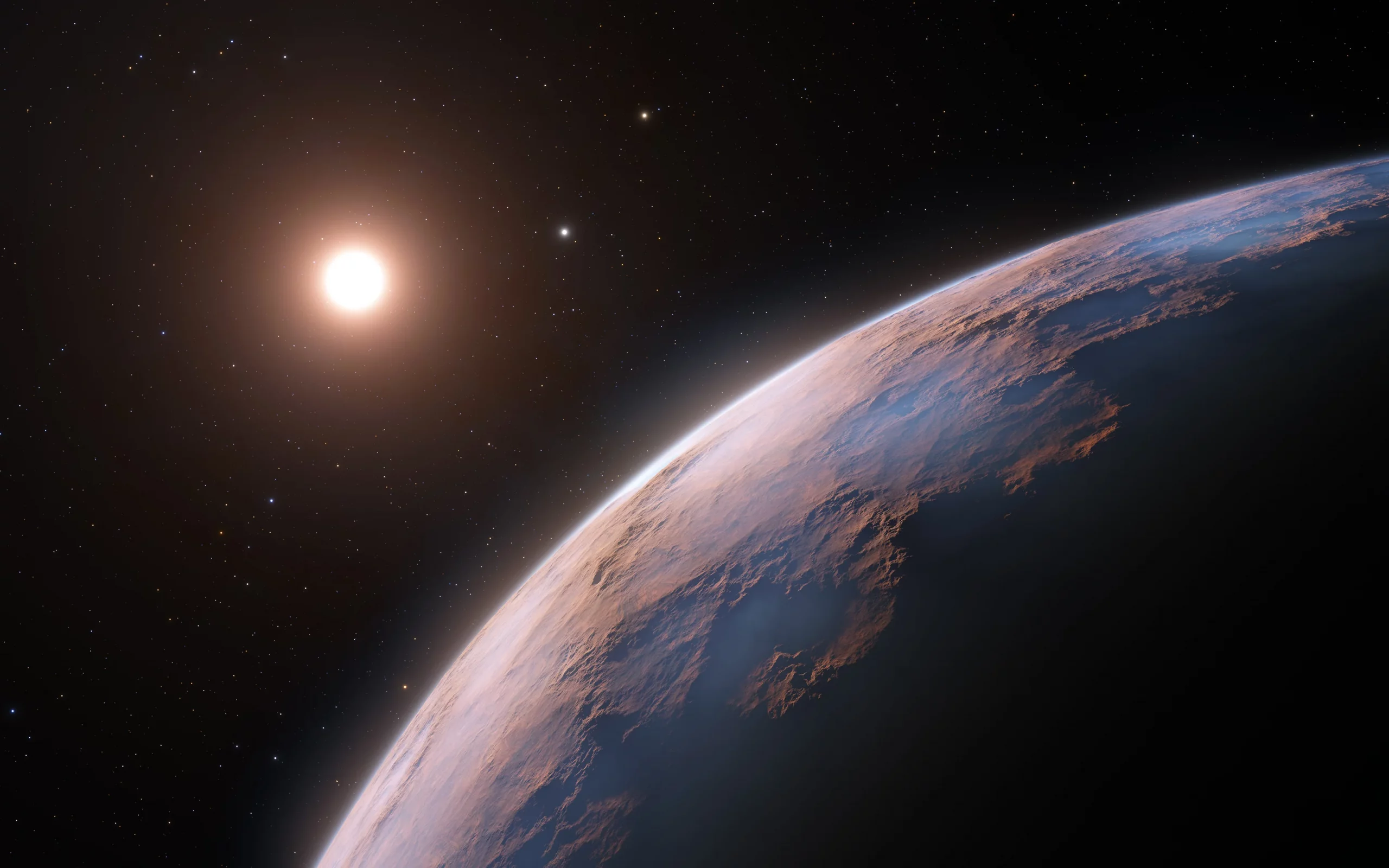Eight planets in our solar system, billions of solar systems in the Milky Way, and hundreds of billions of galaxies in the observable universe. Life: one match found.
In our 200 million years of solitude, the age-old question “Are we alone in the universe?” remains unanswered. The thought of being a grain of sand on an infinite cosmic beach is truly terrifying
Yet, as we peer into the dark night sky, there is an innumerable amount of distant suns, one in five of which hosts a planet with the potential for life.1 With the discovery of the first planet outside the solar system in 1992, astronomers have since challenged the notion of our isolation. Pushing the boundaries of our scientific and technical limits, we embark on the search for life on habitable planets where liquid water can flow freely—a starting point for all creation.
In the days of Kepler and Galileo, astronomers made manual observations and predictions based on their limited knowledge of the universe. However, with the advancement of technology, these outdated methods of astronomy has drastically transformed in recent decades. Tedious, painstaking calculations once done by hand have been largely replaced by complex processing tools driven by the rapidly expanding collection of data. This cutting-edge approach to astronomy promises to revolutionize the way we explore the universe, probing new frontiers of scientific discovery.2
The central figure at the frontline of astronomy’s data-driven evolution is machine learning (ML). As the size of data increases, traditional analysis techniques fall short of extracting meaningful insights – it is here that ML begins to thrive.2 So, what exactly is an ML model? ML modeling involves training computers to learn patterns from data and make decisions without being explicitly programmed. It takes in a set of inputs–for example, data collected from telescopes and other space instruments–to generate a set of output predictions that attempt to explain real-world phenomena.2 Researchers at the Berkeley SETI Research Center harness this predictive power to sift through the observable universe for technosignatures: radio emissions not easily explained by nature but possibly contain the footprints of an extraterrestrial civilization.3 The researchers rely on ML’s signal processing capabilities to filter through the haystack of random noise in search of the remnants of advanced technology.3 While the team has yet to identify a definitive signature, their findings are promising and showcase the creativity and exciting opportunities of ML in the domain of astronomy.
The search for life on other planets is a fascinating and important field of scientific inquiry. Not only does this search capture our imaginations and instill a sense of wonder toward the cosmos, but it also has practical implications for understanding our place in the universe. The relentless pursuit of this knowledge has the potential to inspire scientific and technological advancements with wide-ranging benefits for humanity. The study of technosignatures in particular points our future in a new direction, displaying the possibilities and challenges that compel us to set sail on the cosmic ocean and garner an appreciation for the beauty and complexity of our world.
References
- “One in Five Suns Has Habitable World.” BBC News, BBC, 5 Nov. 2013, https://www.bbc.com/news/science-environment-24824007.
- Baron, Dalya. “Machine Learning in Astronomy: A Practical Overview.” ArXiv.org, 15 Apr. 2019, https://arxiv.org/abs/1904.07248.
- Ma, Peter Xiangyuan, et al. “A Deep-Learning Search for Technosignatures of 820 Nearby Stars.” ArXiv.org, 30 Jan. 2023, https://arxiv.org/abs/2301.12670.
Image Reference
- “Scientists Discover Third Rock around Alien Sun.” NBCNews.com, NBCUniversal News Group, 20 Feb. 2022, https://www.nbcnews.com/science/space/scientists-discover-third-rock-alien-sun-rcna16163.
